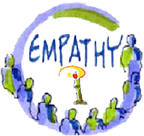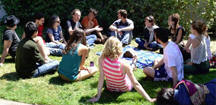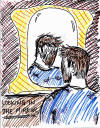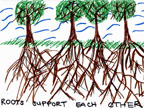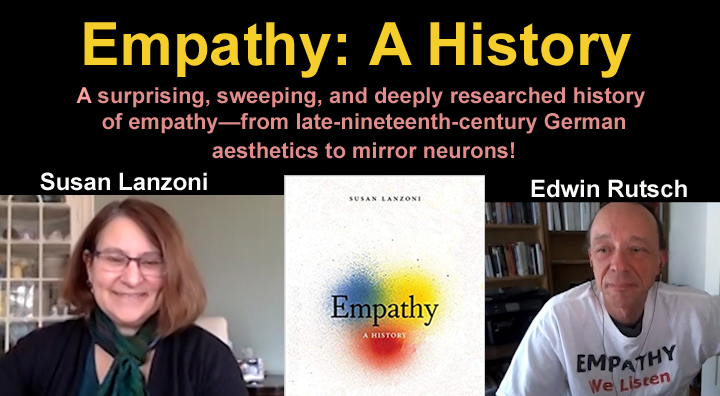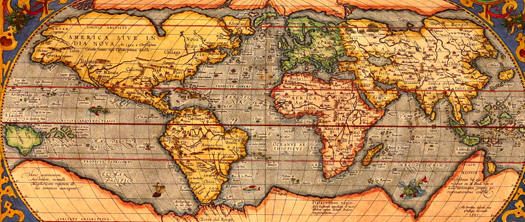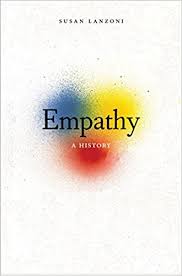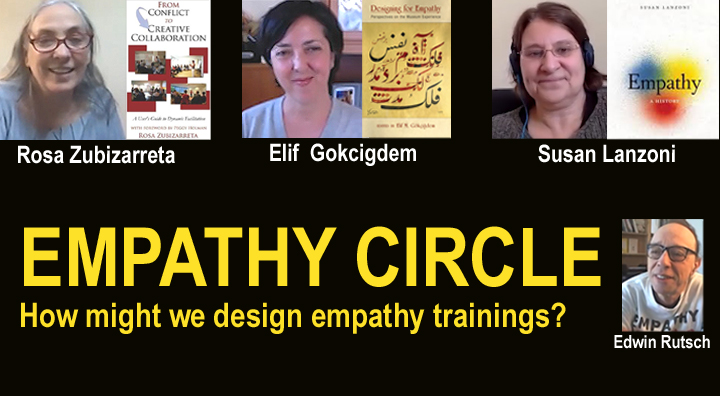|
|
|
Culture of Empathy Builder: Susan Lanzoni
The History of
Empathy by Susan Lanzoni
Empathy: A History by Susan Lanzoni
Introduction PART I: Empathy as the Art of Movement 1. The Roots of Einfuhlung or Empathy in the Arts 2. From Einfuhlung to Empathy 3.
Empathy in Art and Modern Dance 4. The Limits of Empathy in Schizophrenia 5. Empathy in Social Work and Psychotherapy 6. Measuring Empathy
7. Popular Empathy 8. Empathy, Race, and Politics 9. Empathic Brains
Vimeo:
Susan Lanzoni: A History of
Empathy Despite a century of scientific exploration, and even as neuroscientists continue to map the brain correlates of empathy, its many dimensions still elude strict scientific description. This talk uncovers empathy’s historical layers, offering a rich portrait of the tension between the reach of one’s own imagination and the realities of others’ experiences, and the importance of practicing empathy in our current moment. "
The Politics of Empathy and Race
Feb 12, 2020
Empathy's Paradox:
Dec 19, 2019
The Surprising History of Empathy
“It
was about ‘feeling into’ things, like forms and shapes and art objects,”
said Susan Lanzoni, a science and medicine historian based in Cambridge,
Massachusetts, and author of Empathy: A History.
This expansive new account of the history of empathy demonstrates the ways in
which the concept has been imagined and reimagined across multiple discourses
over the course of about a century.
The story unfolds in roughly chronological order, showing how empathy developed from aesthetic roots, was taken up as a technical scientific term in clinical and social psychology, and then stood at the centre of political debate in the wake of World War II and during the Civil Rights Era. Lanzoni uses thematic vignettes to elaborate on how the empathy concept was deployed for specific concerns at specific times. For each of these vignettes, one gets the impression that there is enough material to fill a whole book. Lanzoni identifies her approach as akin to David Armitage’s method of serial contextualism, which provides “a way of delving into significant historical moments with detail yet still holding to an expansive view” (p. 16).
"Empathy,
you must know by now, is a major keyword in the design business. We empathize
with our clients. We empathize with their employees and their customers. We
empathize with outside experts. With humanity. We empathize, that is, with the
people who most need it and seldom receive enough of it. And yet, as I
recently paged my way through Susan Lanzoni’s lavishly researched Empathy:
A History, I
realized that we never actually spell out what we mean by the term.
Lanzoni’s volume reminded of when, in 2015, my former colleague Augusta Meill
published an essay against
empathy.
She didn’t define the term, but she did bring some necessary critical thinking
to the subject: “Empathy’s great value as a design and business tool is that
it offers palpable closeness to other people. This is by its nature singular
and individualistic,” she wrote, adding that “our responsibility as designers
(and, dare I suggest, as businesspeople too) should be not only to the
individual but to the society.”"
Is it possible to empathize with lines in an abstract design, with the expansive reach of a tree, the sweep of a bird’s flight, or the imposing rise of a range of mountains? Can we “feel into” forms and shapes? If today we know empathy as a way of understanding and feeling the emotional lives of others, one hundred years ago, surprisingly, empathy took place with objects of art and nature. In 1928, the novelist Rebecca West used the new term “empathy”—still absent from most dictionaries—to describe her own feeling of soaring with a bird as it arched through the skies. She explained that such an experience was ordinary, although it had only been identified and labeled empathy in the previous decades. A Short History of Empathy SUSAN LANZONI OCT 15, 2015 The term’s only been around for about a century—but over the course of its existence, its meaning has continually changed. Empathy in Translation: Movement and Image in the Psychological Laboratory Susan Lanzoni Science in Context 25 (3):301-327 (2012) Introduction: Emotion and the Sciences: Varieties of Empathy in Science, Art, and History September 2012
Review of Empathy: A History. By Susan Lanzoni.
|
|
||||
